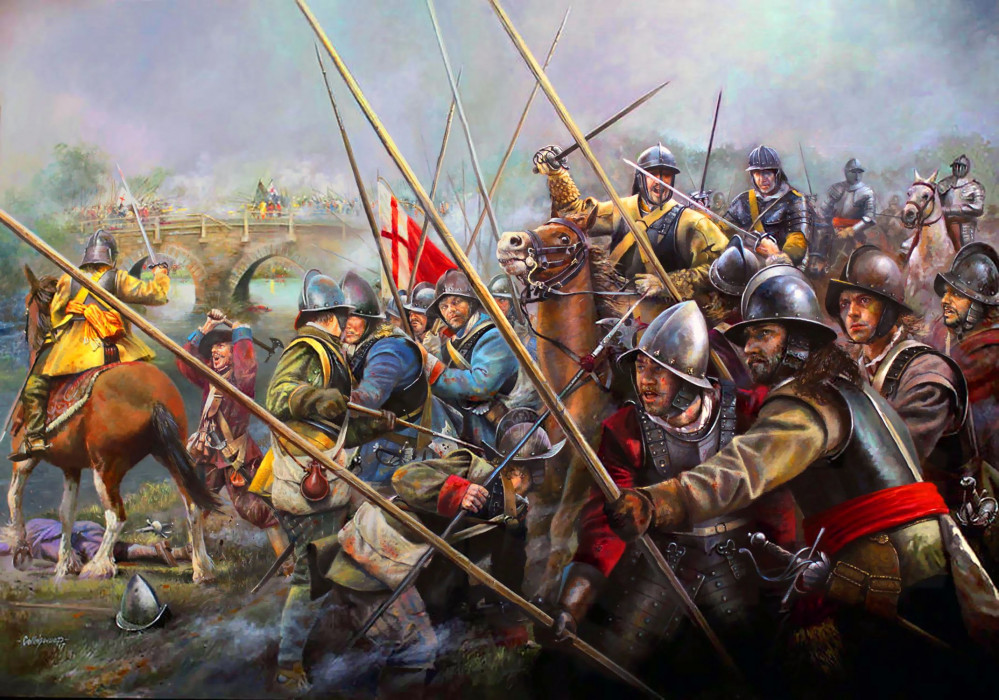
Delving into the English Civil War
Sheffield during the Civil War
Sheffield Castle
At the start of the English Civil War in 1642, the castle was seized by the Parliamentarian commander Sir John Gell; all spare arms had been collected by Royalist forces, so the castle had weakened defences.
In 1643, the castle changed hands after Royalist forces entered Yorkshire, led by the Earl of Newcastle.
The Parliamentarian defenders fled into Derbyshire allowing the Royalists to take the castle without a fight. Although a national conflict, the English Civil War left a significant mark in Sheffield. The town fluctuated between Parliamentarian and Royalist control, culminating in a 10-day siege of Sheffield Castle by Parliamentarian forces in August 1644
In August 1644, a force of 1200 soldiers, led by Major-General Crawford and Colonel Pickering, besieged the castle. At first their artillery was insufficient to breach the castle wall, but additional cannon was brought to Sheffield. On 11 August 1644, Sheffield Castle surrendered under this increased firepower.
Three years later, a resolution was passed for the castle to be slighted and demolished. This was carried out in 1648. The stones and other items were sold for building material to the people of Sheffield.
Tickhill Castle
Tickhill Castle is near Doncaster, it functioned as a key administrative centre on the Nottingham/Yorkshire border for hundreds of years and witnessed multiple sieges including action during Prince John’s failed attempts to displace his brother, King Richard.
By the time the civil war came around it had lost a lot of its importance, and after the War of the Roses had allowed to fall into a state of neglect. The castle was given a new lease of life due to the Hansby family, who by the early part of the 17th century had risen in prominence, and in 1614 started rebuilding some of the castle’s structures, and constructed a house over the site of the former hall.
Being Catholics, the Hansby family declared for the king at the start of the civil war. Sir Ralph Hansby re-fortified some of the castles defences and formed a garrison which secured control of the area for the Royalists. When Sir Ralph died in December of 1643, Major Monckton took over the garrison. With the defeat at Marston Moor, the Royalist forces lost control of the north.
Parliamentary forces under the command of Edward Montagu, Earl of Manchester sent Colonel John Lilburn with a troop of 200 Dragoons, to take the castle. Due to the strategic situation that had developed in the aftermath of Marston Moor, the Royalist garrison surrendered Lilburn and his Dragoons on July 28th, 1644.
On the orders of Parliament in 1647, the castle’s defences were damaged to prevent the castle from being used a strategic location. Parts of the curtain wall were pulled down, and the eleven-sided keep was destroyed. The house remained in house as this didn’t have a defensive capability.









































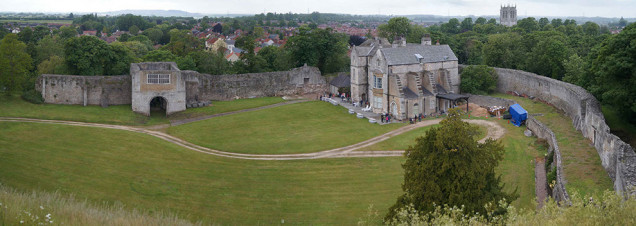
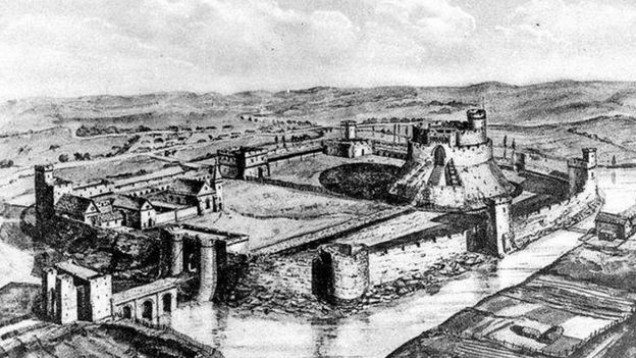
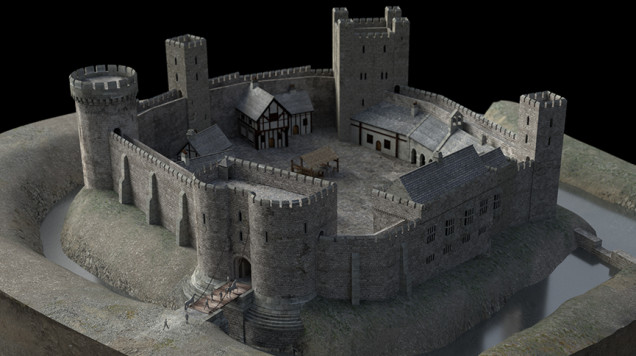


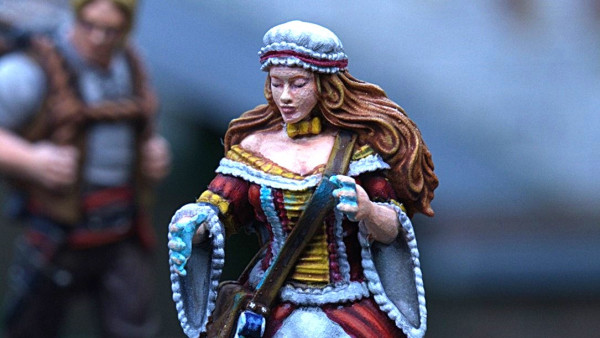
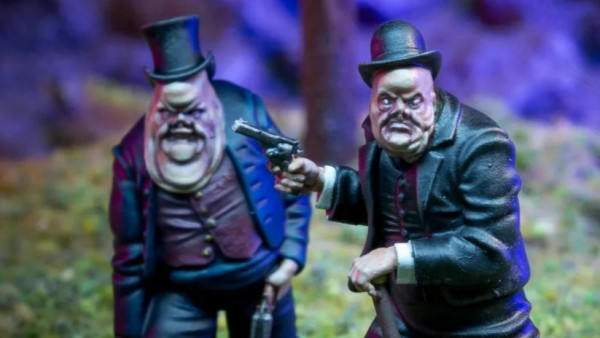



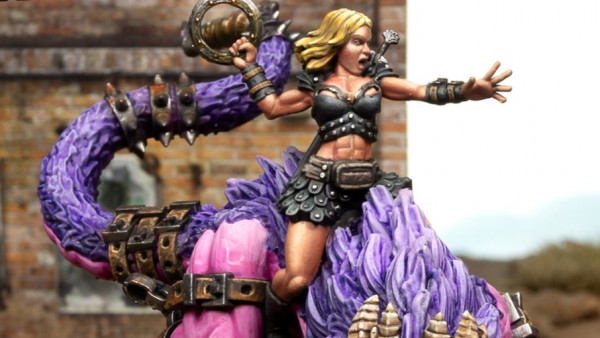
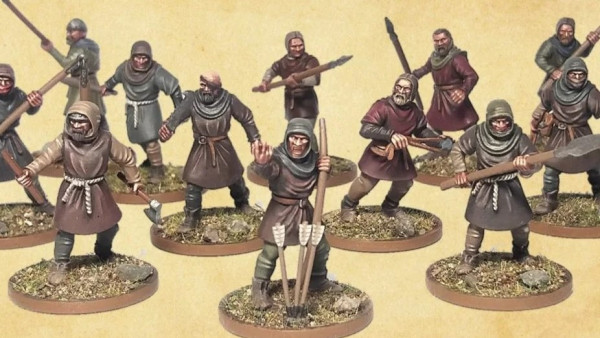




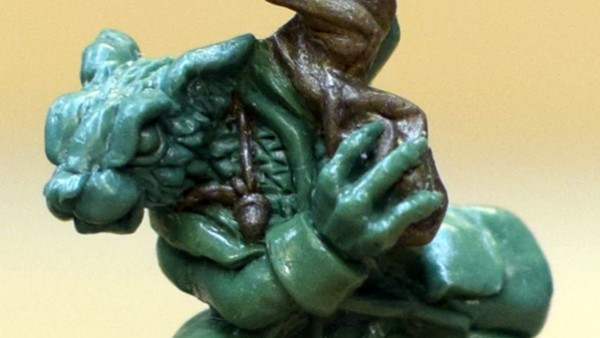


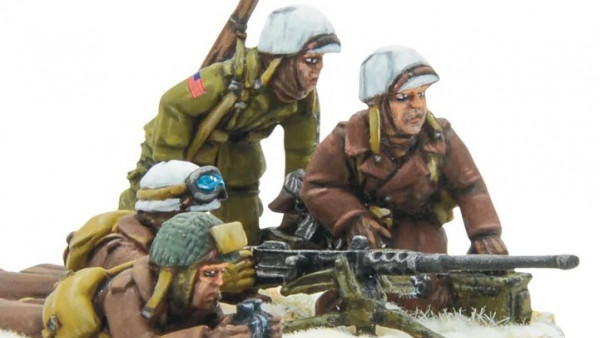



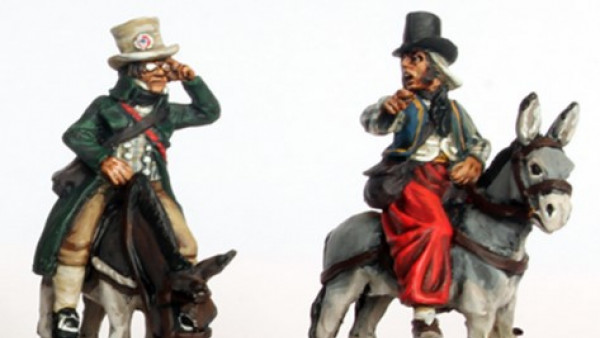
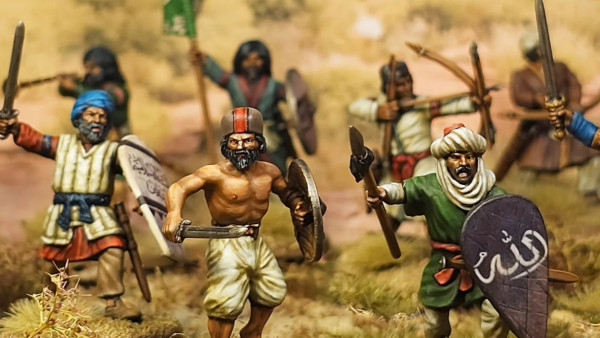


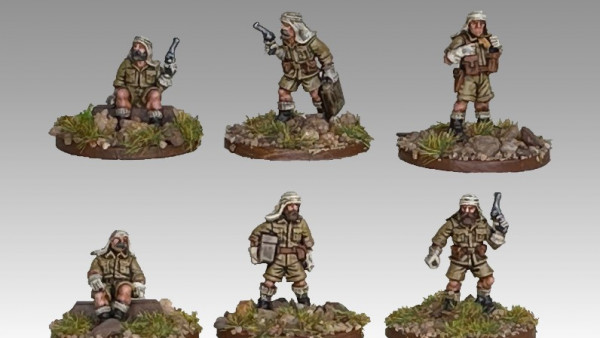
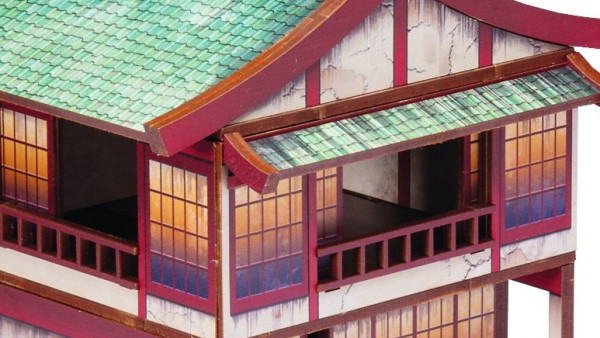


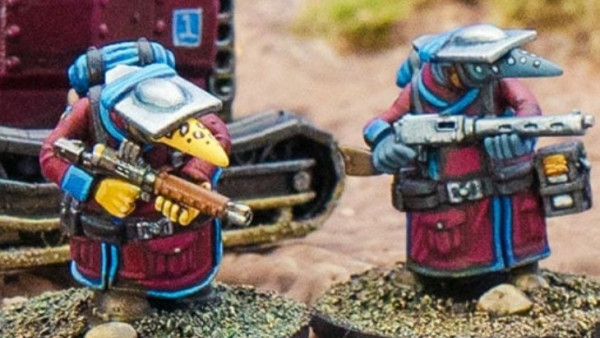
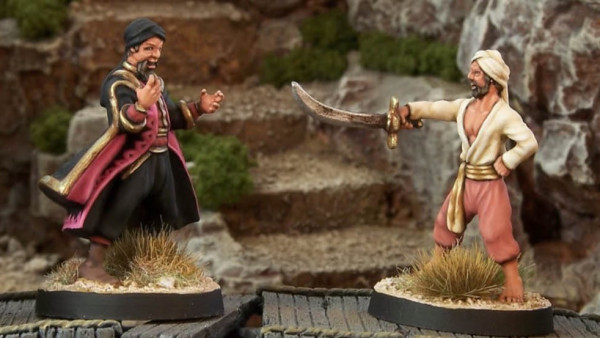



Leave a Reply